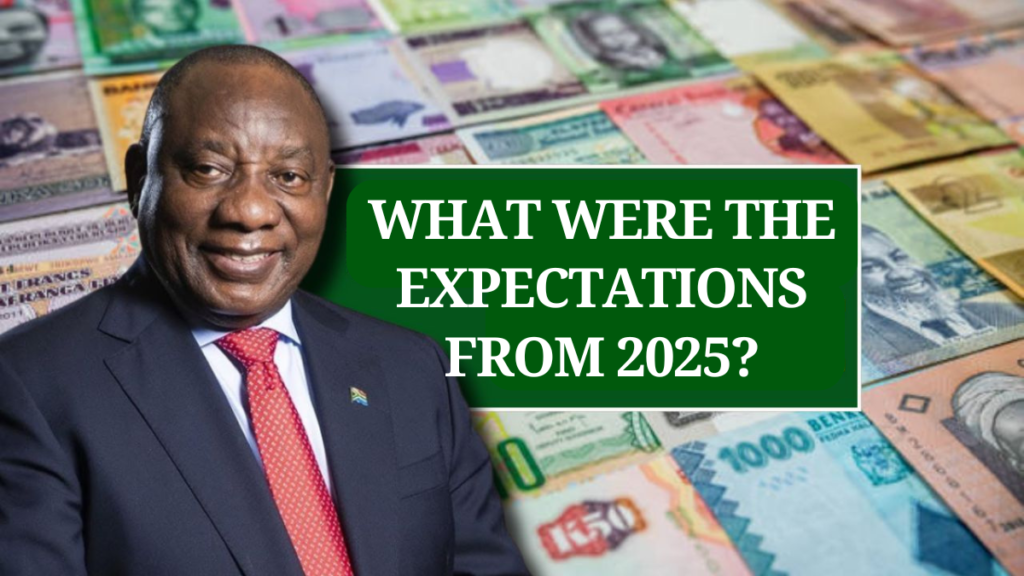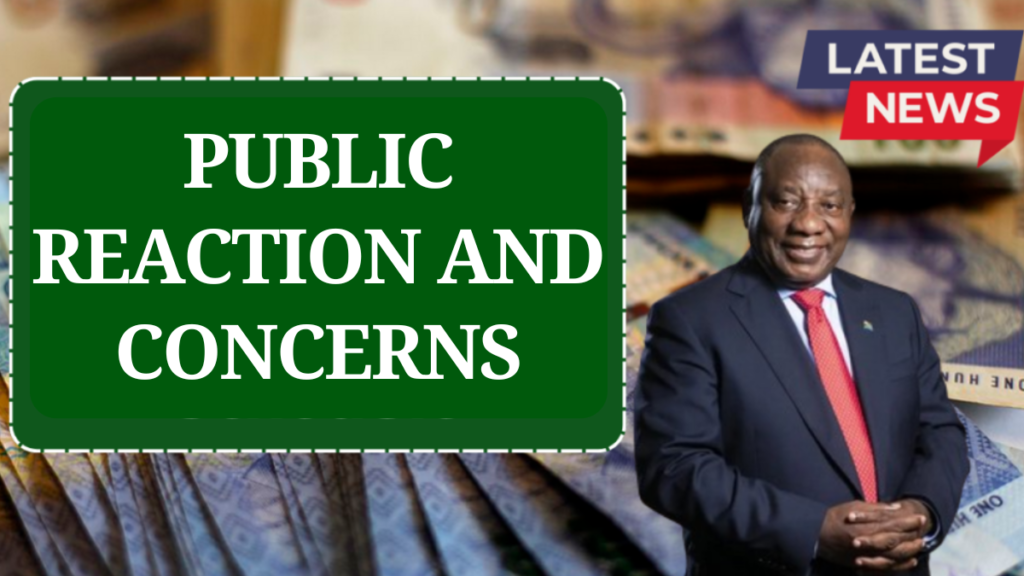The South African social welfare system works and assists millions in dollars from the South African Social Security Agency (SASSA) for grant payments. The beneficiaries are always anxiously waiting for news of the new increases to their monthly payouts as the incident comes with high inflation and economic tension. However, the April 2025 SASSA grant increases have disappointed many beneficiaries for worse than expected.
This article will explain why the SASSA grant increases in April 2025 were lower than most expectations, what the actual changes were, and how this decision affects the millions of South Africans who survive on these monthly payments.
What Were The Expectations from 2025?
Thus, many of the South African citizens were in anticipation that when they came into the year 2025, there was going to be a blow in the social grant. The high cost of living, which was especially noticeable in relation to food, electricity and transport has further pushed the anticipations upward for a minimum of R150 or R200 increase for the three major grants: Old Age, Disability and Child Support Grants.

A CPI (Consumer Price Index) hype was at the background for this expectation while the government kept announcing “increased support” in 2024. By looking at the history of government during previous crises, the current beneficiary populations have some strong faith that such programs help relieve beneficiaries when they are initiated.
What was Actually Announced?
In April 2025, the government officially increased SASSA grants. Of course, the increases were not nearly what most considered necessary. Here are the new figures broken down:
- Old Age Grant: Increased by a measly R100 to bring it up to a maximum grant of R2,180 for those under 75 years and R2,200 for those over 75.
- Disability Grant: Increase of R90, now at R2,180.
- Child Support Grant: Increased by R30, from R510 to R540.
- Foster Child Grant: Adjusted to R1,210, up by R60.
- Care Dependency Grant: Increased to R2,180, a R90 increase.
While any increase is helpful, many have argued that these amounts are not sufficient to keep up with actual inflation rates or the daily expenses of the average South African household.
Why Were the Increases Lower Than Expected?
Several key factors contributed to the modest grant increases in 2025:
1. Budget Constraints
The South African government continues to face fiscal challenges. Despite efforts to grow the economy, tax revenue has not increased at a pace that allows for massive social expenditure. The National Treasury emphasized the need for “fiscal discipline,” and social grants were subject to those limitations.
2. Debt Servicing
A large portion of the national budget is now allocated to repaying government debt. This means there’s less money available for expanding social welfare, education, and healthcare.
3. Inflation Underestimation
While inflation has affected basic commodities, the Treasury’s projected inflation rate for 2025 may have underestimated the burden on households. Many analysts argue that grant increases should be inflation-indexed more closely.
4. Population Growth in Recipients
With more people registering for SASSA grants due to unemployment and economic pressure, the government needs to spread the available funds more thinly, limiting individual increases.
Public Reaction and Concerns
The reaction to the April 2025 grant increases has been overwhelmingly negative from civil society, advocacy groups, and beneficiaries themselves. Many feel the government is not doing enough to address inequality or meet its obligations to the poor and vulnerable.

Some citizens took to social media, calling the increases “insulting” and saying the new rates still do not meet even half the cost of a monthly grocery basket. NGOs and advocacy organizations have urged the government to review the increase and consider an emergency adjustment later in the year.
The Broader Impact
For millions of South Africans, social grants are not just supplementary income they are the only source of income. With the recent increases failing to match the real cost of living, many households are likely to experience continued food insecurity, difficulty paying for utilities, and limited access to transportation.
Particularly affected are pensioners and parents with young children, who already report struggling to meet basic nutritional needs.
Future Outlook
Even though the uplifts implemented in April 2025 are not sufficient, there is a possibility of a mid-year or late-year adjustment, depending on how the government sees it in relation to improvement in fiscal space or inflation rising further. Finance Minister Enoch Godongwana alluded to a possibility of reviewing this in the October Medium Term Budget Policy Statement (MTBPS).
In the meantime, talks on a Basic Income Grant would possibly open a different chapter in South Africa’s strategy in social welfare, although it is still protracted and not yet fully conceptualised, facing logistical and financial obstacles.
What Can Beneficiaries Do Now?
For now, SASSA recipients are encouraged to:
- Stay updated through the official SASSA website and regional offices.
- Explore local community programs or NGO support for additional relief.
- Watch out for upcoming budget announcements where more changes might single in.
If you feel your grant amount is wrong, or if it has not been adjusted in line with your expectation, you can either call the SASSA Call Centre at 0800 60 10 11 or visit the nearest SASSA office to lodge a query.
Read More :- $1040 (Canada Pension Plan) CPP Bonus Coming April 2025 – Find Out Eligibility and Payment Schedule
Conclusion
The April 2025 SASSA grant increases have really left many South Africans feeling disappointed. While the government strives to make a limited budget last, the gap between social grant amounts and the real cost of living keeps widening.
This necessitates the urgent implementation of a truly inflation-responsive mechanism for grant increases, addressing not merely the financial but also the humanitarian concerns inherent in the survival of those who depend on the system.
For South Africa, the question is: Do future policies reflect the economic realities of those who make up the majority, or do the vulnerable continue to pay for fiscal austerity?
FAQs:-
Why are the SASSA grant increases in April 2025 considered disappointing?
The increase was lower than anticipated due to budget limitations and rising inflation, which reduced the real value of the hike.
Who decides how much SASSA grants increase each year?
The National Treasury and Department of Social Development make the decision based on economic conditions and available funds.
What should I do if I didn’t receive the updated payment?
Contact your nearest SASSA office or call the helpline to report and resolve payment issues.



















